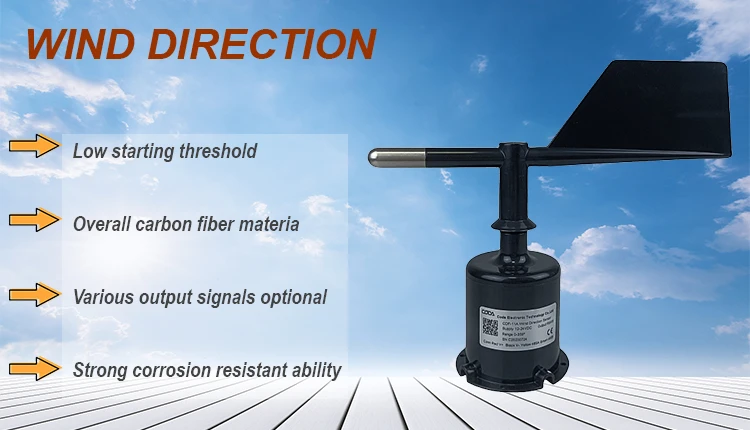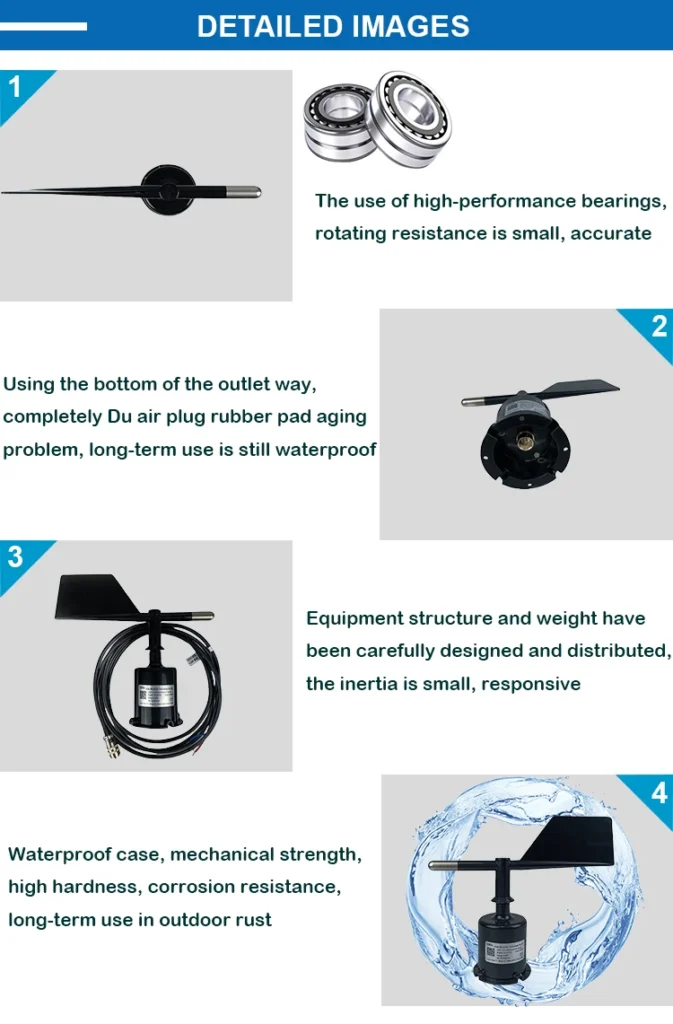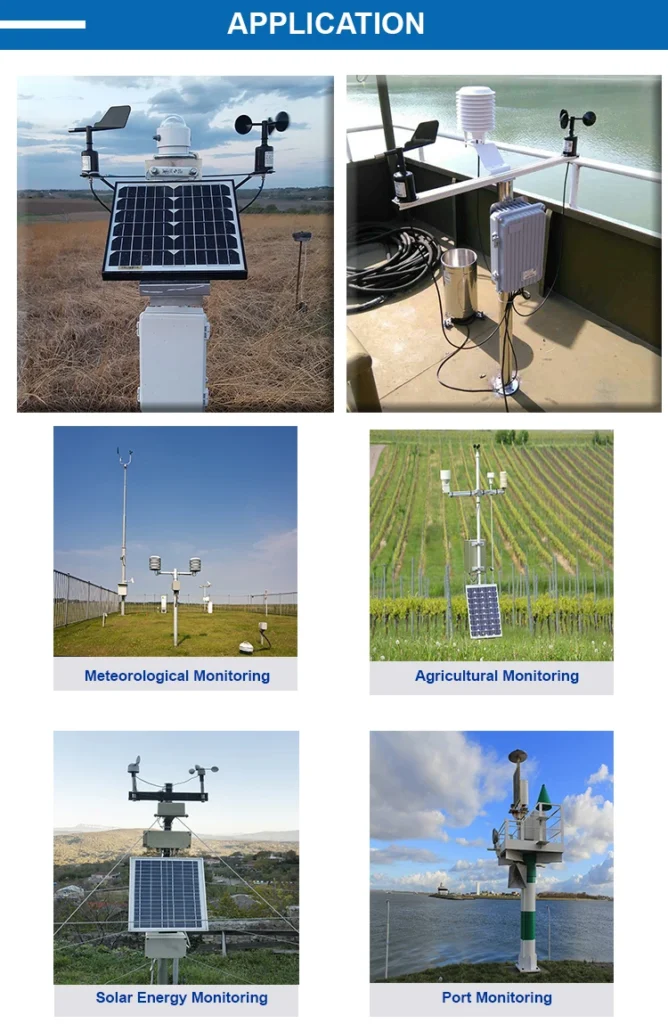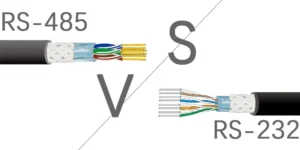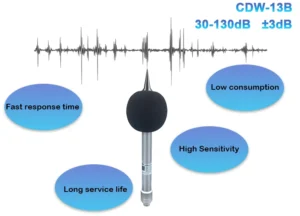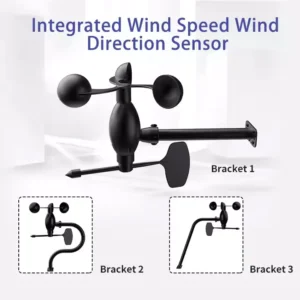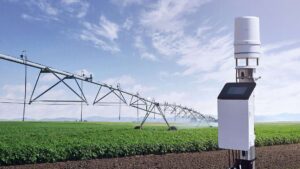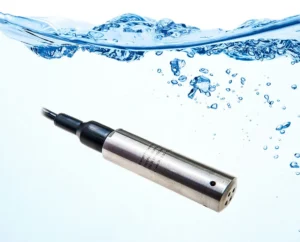what does the wind vane measure | how does a wind vane work
Wind is a natural force. It affects weather, climate, and our daily lives. It is important to know which way the wind blows. This knowledge helps with activities like flying, sailing, and planning outdoor events.
A weather station wind vane is an instrument of the best tools to measure wind direction. It is also quite common. This article explains how a wind vane works at a weather station. It talks about its importance, how people use it, and the benefits it offers.
1. How a Weather Station Wind Vane Works
A weather station wind vane is a tool that shows which way the wind is blowing. The main part is a pointer with simple arrow pointing. It moves freely and lines up with the wind.
The vane usually points into the wind of the main directions: north, south, east, or west. This gives clear and accurate readings. Proper installation is important. Place the vane in an open space, away from things that could block the wind.
2. Why Wind Direction Matters
Knowing the wind direction is important in many fields:
– **Meteorology**: Meteorologists look at determine wind data to see how weather systems move. They use this information to guess future wind conditions.
– **Agriculture**: Farmers rely on wind direction to know the best times for tasks like crop spraying. This helps lower drift and boost efficiency.
– **Aviation and Sailing**: Pilots and sailors depend on wind direction to stay safe. They also use it to find the best routes.
– **Outdoor Activities**: Knowing which way the wind blows helps you plan picnics and outdoor events.
3. Using a Weather Station Wind Vane
Using a weather station wind vane is simple. You do not need special skills. Just follow these steps to get the right results:
– **Installation**: Securely mount the wind vane on a stable structure. Choose a spot that is free from obstructions that could block the wind is blowing.
– **Observation**: After you set it up, check if the pointer is straight. The pointer shows catches the wind direction.
**Connectivity**: Users can take readings on-site or check them from a distance. This depends on the model and its link to a weather station system.
4. Key Benefits of a Weather Station Wind Vane
i. **Precise and Timely Data
Weather station modern weather vanes only give accurate, real-time readings of wind direction. This information is important for weather patterns analysis and forecasting.
ii. **Affordability
Wind vanes give reliable measurements. They do this at a much lower cost than advanced technologies like radar systems.
iii. **Ease of Installation and Use
The installation process is simple. You do not need special skills or costly tools. Even beginners can set up a weather vane quickly.
iv. **Durability
Early weather vanes are made from strong materials. They use stainless steel or good-quality plastics. These materials help them last in tough weather.
v. **Adaptability
These useful tools are used in many fields. They help with weather monitoring at home, farming, research, and education.
5. Calibration and Maintenance Guidelines
To keep weather station wind vanes working well and lasting long, they need regular checks and care.
– **Calibration**: Dust and airflow can affect accuracy as time goes on. Use a compass to line up the vane with true north when you calibrate. Follow the manufacturer’s instructions for the correct steps.
– **Maintenance**: Check the vane often for damage or blockages. Clean off dirt or bird droppings that could affect its function. Caring for your device helps you get correct readings. It also makes the device last longer.
Conclusion
A weather station has a wind vane. It shows the direction the wind is blowing. It is simple, cheap, and flexible. This is important for predicting the weather, farming, and finding directions.
Using this tool makes things safer and helps us predict better. It also helps us make better choices for many tasks.
To keep your weather vane in good condition, check it often and take care of it. This way, it will be reliable and last longer for your needs.
